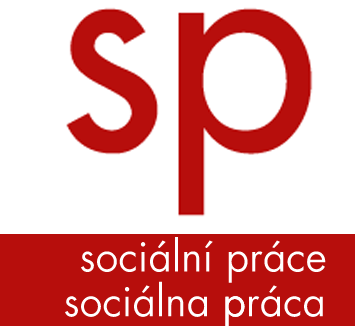Olga Klepáčková, Martina Černá, Pavla Šlechtová
Olga Klepáčková graduated in 2019 from The College of Polytechnics Jihlava (clinical social worker study program). She focuses on the psychosocial support of ulnerable individuals in social work.
Martina Černá obtained a doctorate at Palacký University Olomouc and since 2009 has been working at The College of Polytechnics Jihlava. She specializes in social psychology and volunteering for selected target groups and also works as a psychotherapist.
Pavla Šlechtová graduated from the Philosophical Faculty of Masaryk University in Brno. She has been a member of the academic staff at The College of Polytechnics Jihlava since 2005. She focuses on health literacy and health education.
Abstract
OBJECTIVES: This paper offers a better understanding of social work practice in the Terezin ghetto, which served in 1941–1945 as a transit camp and model ghetto for not only Czech but also thousands of Jews from other Europian countries. THEORETICAL BASE: Historical sources documented a specific role and operation of the Terezin ghetto. These factors distinguished Terezin from all other Jewish European ghettos and allowed a unique social care system. METHODS: We conducted historical research using content analysis to provide a historical overview of the topic. OUTCOMES: The text provides a comprehensive view of the topic not yet described in the context of social work. SOCIAL WORK IMPLICATIONS: The experience of prisoners involved in social work in the Terezin ghetto may be a valuable source of inspiration and knowledge to current social workers. Gaining better insight into this period can also encourage their interest in social work history and further historical research.
Keywords
care department, holocaust, Jews, social work, Terezin ghetto
p. 18-35
